In Conclusion No. 126 issued on February 14, the Politburo and the Secretariat assigned the Government Party Committee to preside over and coordinate with the Central Organization Committee, the National Assembly Party Committee, and relevant Party committees and organizations to study the orientation for merging a number of provincial-level administrative units.
Although still in the research stage, the above issue is attracting great public attention, especially the story of which provinces will merge and what the new province will be named. Nguoi Dua Tin (NDT) had an interview with National Assembly Deputy - Associate Professor, Dr. Bui Hoai Son - Member of the National Assembly's Culture and Society Committee on this issue.
Criteria to consider when merging
Investor: Sir, recently, the Politburo and the Secretariat have requested to study the orientation of merging some provincial administrative units. Regarding this issue, in your opinion, what criteria should we base on to merge the provinces together, especially looking at the cultural - social - population aspects?
Associate Professor, Dr. Bui Hoai Son : I think that the merger of provincial administrative units needs to be carried out on a scientific basis, cautiously and in accordance with the country's development practices. This is not only a story about administrative boundaries, but more deeply, it is a problem of optimizing the apparatus, creating stronger development momentum for each locality and the whole country.
For a merger to be effective, we need to rely on a number of important criteria, in which we must especially consider cultural, social and demographic factors.
Associate Professor, Dr. Bui Hoai Son.
First of all, it is necessary to assess the cultural similarities between the provinces. Vietnam is a country with diverse cultural identities, each region has its own customs, habits and lifestyle. If the merger is not based on cultural similarities, it can lead to difficulties in management and operation and create a lack of cohesion in the community. Therefore, localities with close cultural foundations and natural interactions in social life will be more suitable choices for merger.
Localities with close cultural foundations and natural interactions in social life will be more suitable choices for merger."
Population factor is also an important aspect. Population density, population distribution and living characteristics of the people will greatly affect the organization and administrative management after the merger. If the two provinces have too large a difference in population size, living conditions or development level, resource coordination may face many challenges. Therefore, careful calculation is needed to ensure that after the merger, the government can operate effectively and meet the needs of the people.
In addition, the socio-economic development of localities needs to be considered. The merger must create resonance and promote common development, not just a matter of administrative cuts.
Provinces with similar economic structures that can support each other in long-term development strategies will be able to better exploit their advantages after the merger. At the same time, it is also necessary to take into account the harmony in budget allocation and public investment to avoid creating imbalances between regions.
I believe that if the merger is carried out based on reasonable criteria, it will not only help streamline the management apparatus and save the budget, but also open up new development opportunities for each locality. Most importantly, it must ensure the consensus of the people, because they are the ones directly affected by these changes.
A reasonable and visionary merger strategy will help localities make the most of their advantages, contributing to the country's strong rise in the new era - the era of national growth.
How to choose a new name?
Investor: When merging provinces and cities, choosing a name for the new administrative unit will be a problem that needs to be solved? Should we take back the old name of a previous province or city or create a new name? In your opinion, how can we choose a new name that ensures continuity and is suitable for the new development stage? How can we have a new name but not erase the place name associated with local history and culture?
Assoc. Prof. Dr. Bui Hoai Son : Choosing a name for a new administrative unit after merging provinces and cities is not only a technical issue, but also has profound cultural, historical and local identity significance.
A name is not simply an administrative title, but is also associated with collective memory, people's pride, as well as expressing the spirit of inheritance and development in the new period.
I think there are two main directions in naming new administrative units. One is to restore the name of a province or city that once existed in history, as a way to honor and preserve local cultural and historical values. Many old place names carry stories and important marks in the formation and development of the land. If reused, it will help people connect with the past, creating pride and cohesion in the community.
However, in many cases, creating a new name is also a reasonable option, especially when the merger is a combination of many units with different identities. A new name that is more representative, not biased towards a specific locality, will help create consensus, avoiding the feeling of bias between regions. It is important that the name has a positive meaning, reflecting the geographical, historical and cultural characteristics of the merged area, and at the same time being suitable for the development trends in the new era.
A corner of Ninh Binh City (Ninh Binh province) seen from above.
To ensure continuity and avoid losing the mark of old landmarks, we can apply many flexible solutions.
For example, if a new name is chosen, historical places can be retained in the administrative names at district and commune levels, or become names associated with constructions, urban areas, tourist areas, schools, relics, etc. This will help maintain the connection between the past and the present, without causing important historical values to "disappear".
Naming a new administrative unit not only requires careful consideration from management agencies, but also requires participation and input from local people.
An iconic name, both inheriting and opening up a new vision for development, will be a solid bridge between tradition and the future, contributing to creating a unique identity for each locality in the new development stage.
Investor: In public opinion, many opinions suggest that we should use the old names of many provinces and cities that once existed such as Ha Nam Ninh, Hai Hung, Bac Thai, etc. What is your opinion on this opinion?
Associate Professor, Dr. Bui Hoai Son : I think that restoring the old names of provinces and cities that once existed such as Ha Nam Ninh, Hai Hung, Bac Thai, Phu Khanh, etc. is an idea worth considering, because these place names not only have historical value but are also closely associated with the memories of many generations of people.
When mentioning these names, people not only remember an administrative unit but also evoke cultural imprints and regional characteristics that once existed, creating community cohesion and local pride.
Reusing the old name may be a solution to make the merger process easier psychologically and socially. People of localities that have shared the same administrative unit in the past will have a certain familiarity, creating favorable conditions for the later merger and management process.
In addition, this also helps avoid unnecessary debates about new names, because these are names that have been recorded in history and have high acceptance in the community.
However, this approach is not possible or advisable in all cases. Some provinces have undergone major changes in appearance, economy, society, and regional identity after separation. Simply reusing the old name without considering the changes in reality may no longer be suitable for the current development situation. In such cases, finding a new name that is comprehensive and accurately reflects the characteristics of the merged area would be a reasonable choice.
The merger was carried out based on reasonable criteria, not only helping to streamline the management apparatus and save the budget, but also opening up new development opportunities for each locality.
The most important thing is to listen to the opinions of the people and experts before deciding to name the new administrative unit.
If an old place name can evoke pride and connection and is appropriate to the current context, then reuse is a good direction. But if a new name is needed to reflect the identity and development of the area, careful consideration must be given to ensure that the name is both legacy and opens up a new vision for the future.
Investor: In fact, the recent merger of some communes, wards or districts shows that because each administrative unit has its own characteristics, when naming the new administrative unit after the merger, everyone wants to keep their own name. As a result, the new name is formed by combining two words from two old administrative units. In your opinion, is this option optimal?
Associate Professor, Dr. Bui Hoai Son : I think that the option of combining two words of two old administrative units to create a new name is a compromise, but not necessarily optimal. Because each place name has its own history, culture and identity, when only taking part of the name to combine with another place name, it can inadvertently lose its full meaning and fade the identity of each region.
However, the method of combining names often creates new place names that sound somewhat awkward, unnatural, and difficult to connect with the historical and cultural characteristics of the area.
Furthermore, some combined names can be long, difficult to read, difficult to remember, and in some cases even cause public debate when people feel that the name of their locality is cut down and not fully expressed. This can affect the community's psychology and reduce consensus in the merger process.
Instead of applying a mechanical naming method, we need to consider more important criteria in naming, such as historical, geographical, cultural factors or a common symbol that represents the whole area.
If one of the two old place names has special meaning or is deeply ingrained in the people’s minds, keeping that name may be a reasonable choice. Or it is also possible to research a new name that both reflects the characteristics of the land after the merger and ensures the inheritance factor, avoiding unnecessary disputes.
A name is not only an administrative title, but also a symbol of the solidarity, pride and development spirit of an entire community. Therefore, a more flexible and creative approach is needed, instead of simply combining words from old place names.

Associate Professor, Dr. Bui Hoai Son
A name is not only an administrative title, but also a symbol of solidarity, pride and development spirit of an entire community"
There must be community consensus.
Investor: How do you assess the necessity of consulting the community and stakeholders when proposing and deciding on a new name?
Associate Professor, Dr. Bui Hoai Son : Consulting the community and stakeholders when proposing and deciding on a new name is extremely necessary. As I said, a place name is not just a simple administrative title but is also closely associated with the history, culture, and identity of an entire land and its people.
Therefore, the decision on a new name cannot be a top-down process, but requires the participation of the people living there, experts in history, culture, language, as well as relevant management agencies.
When a new name is given based on broad consensus, it will create cohesion in the community, helping people feel proud and responsible for their land. On the contrary, if the naming is based solely on an administrative decision without consulting the people, it is easy to lead to debate, even negative reactions, causing difficulties in the implementation of future policies.
There are many ways to conduct effective consultation. Governments can conduct surveys, solicit opinions through workshops, forums, or even through digital channels. This not only helps gather diverse perspectives, but also helps people feel respected and have a voice in important decisions that affect their locality.
Thus, I believe that a name is not just a title, but also a symbol of solidarity, pride and development spirit of the locality. Therefore, consulting the community and stakeholders is not only a necessary step but also a key factor to ensure the rationality, sustainability and long-term vitality of a new place name.
Investor: Thank you for your profound sharing.
nguoiduatin.vn
Source: https://www.nguoiduatin.vn/lua-chon-ten-nao-cho-cac-tinh-sau-sap-nhap-204250223190642707.htm



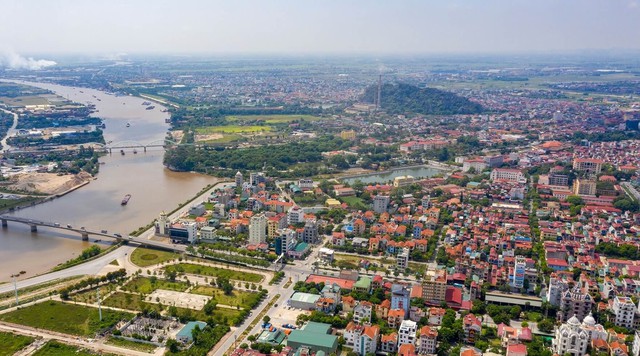




![[Photo] Capital's youth enthusiastically practice firefighting and water rescue skills](https://vstatic.vietnam.vn/vietnam/resource/IMAGE/2025/4/3/3f8481675271488abc7b9422a9357ada)




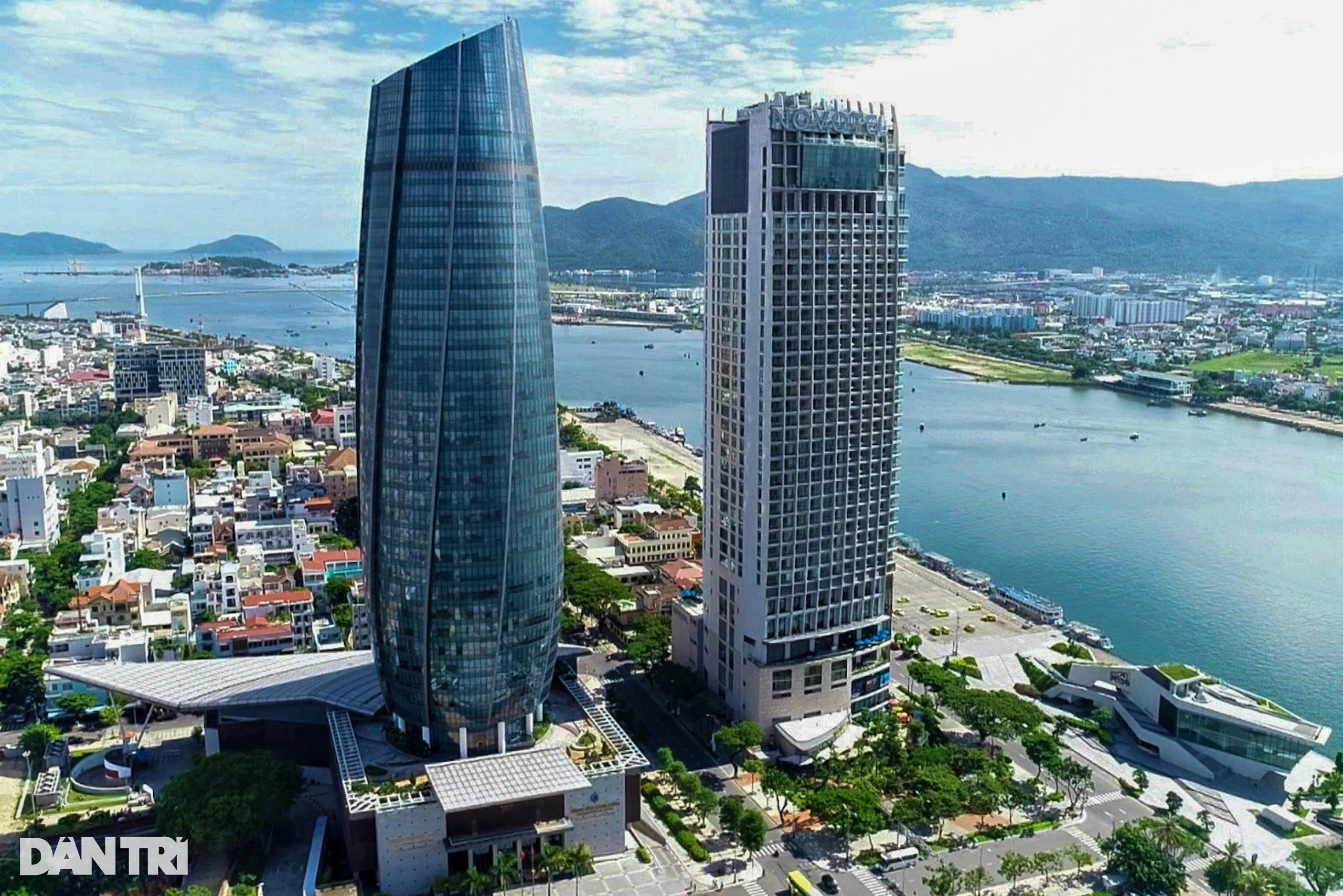




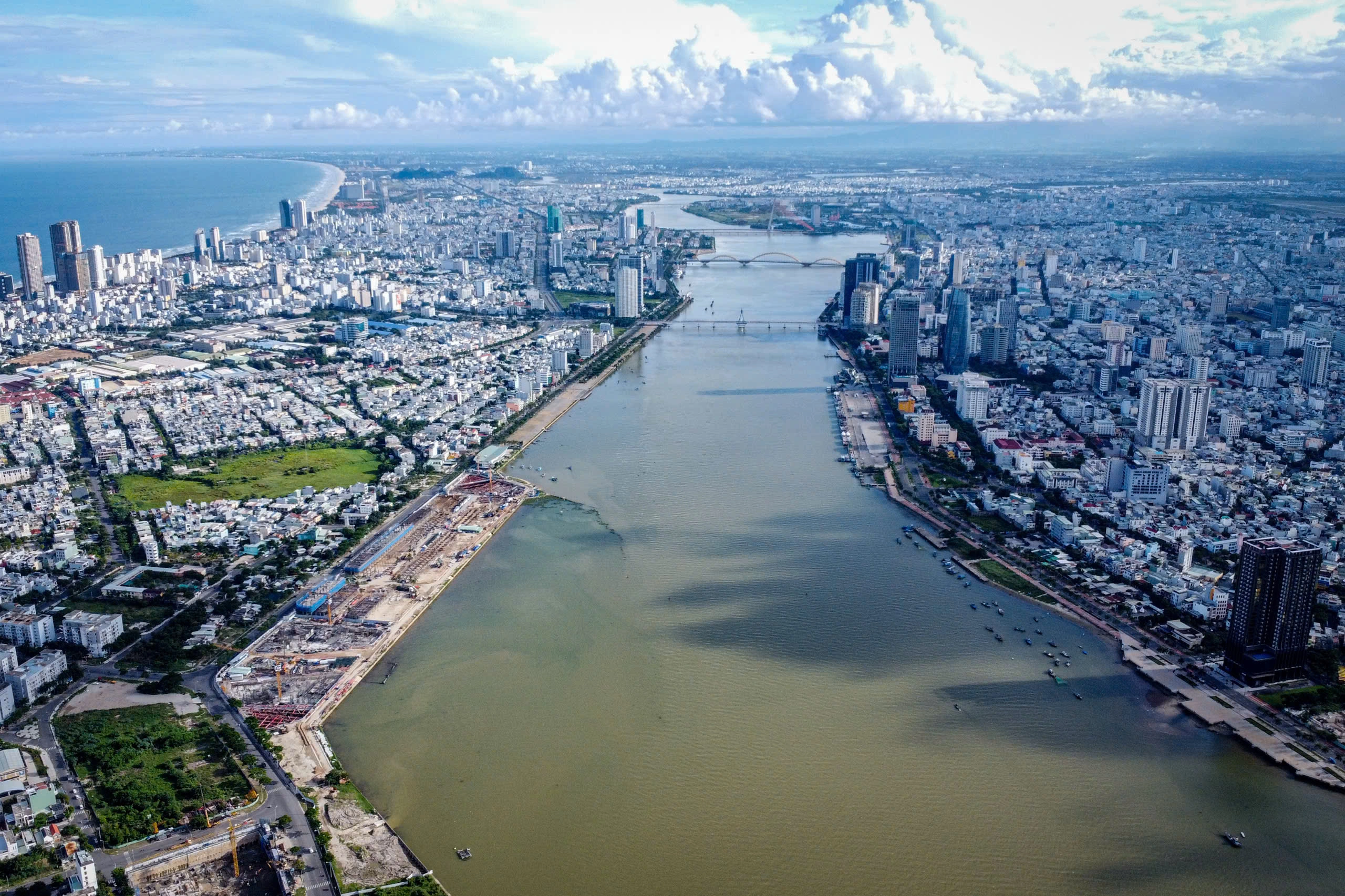












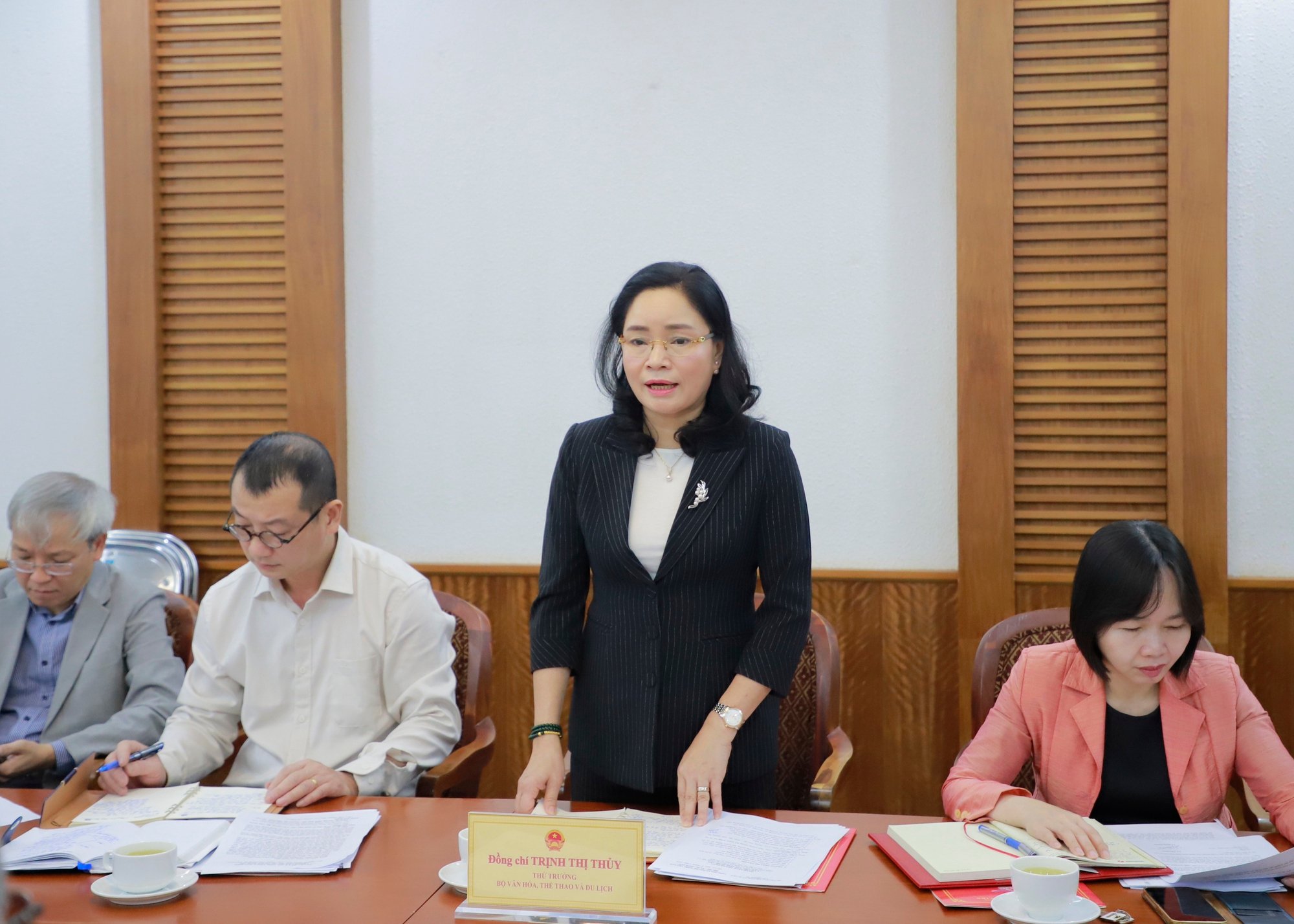





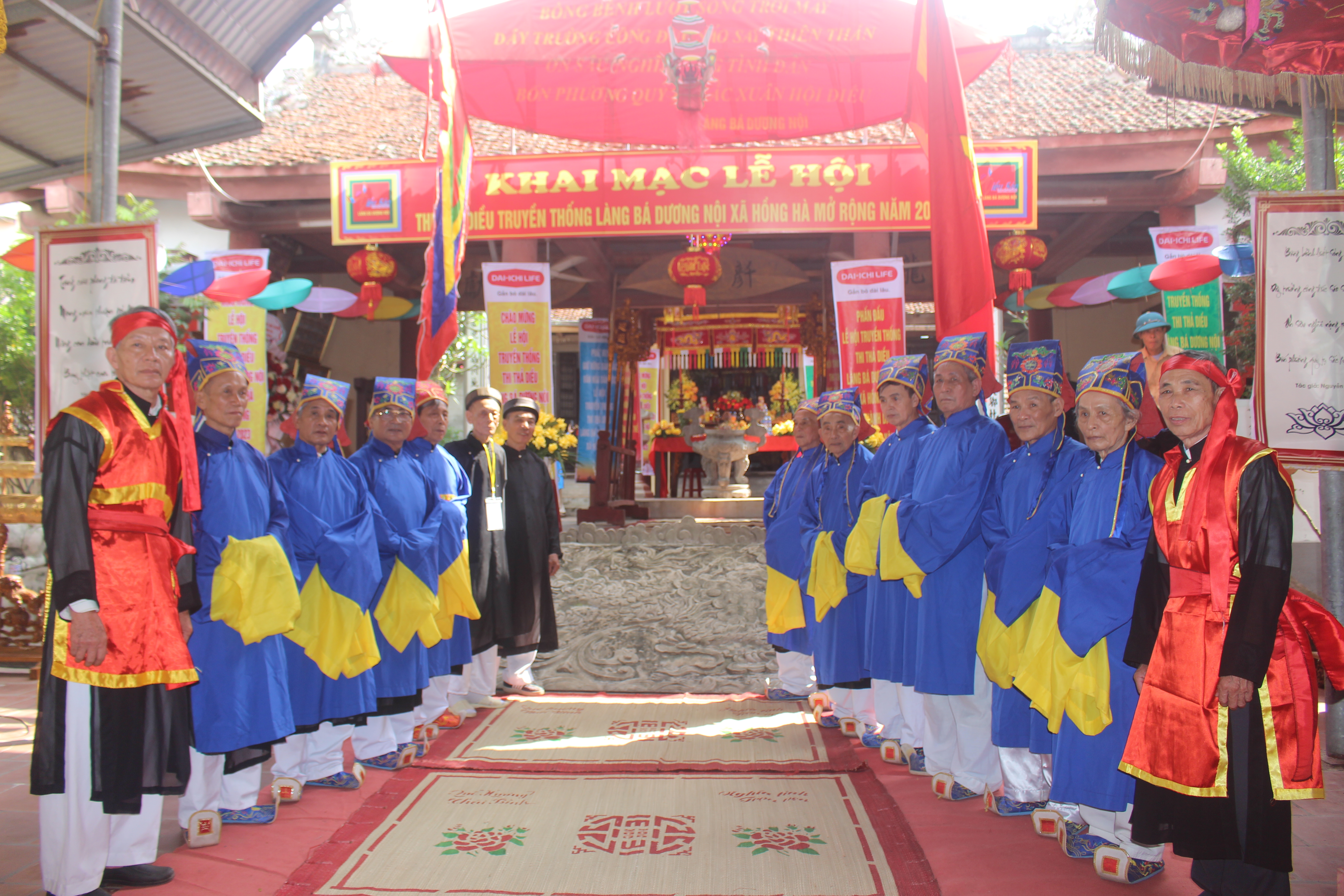

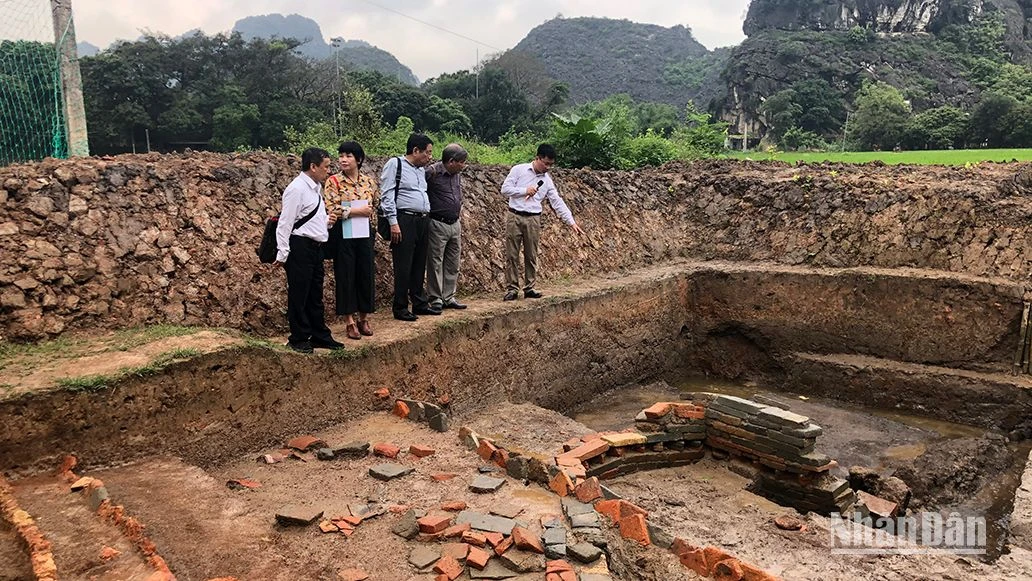

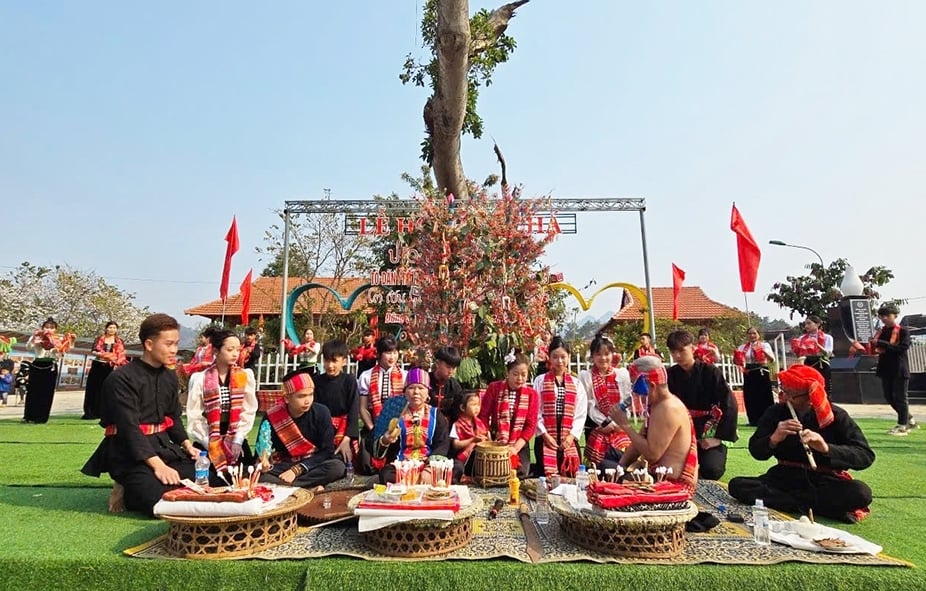

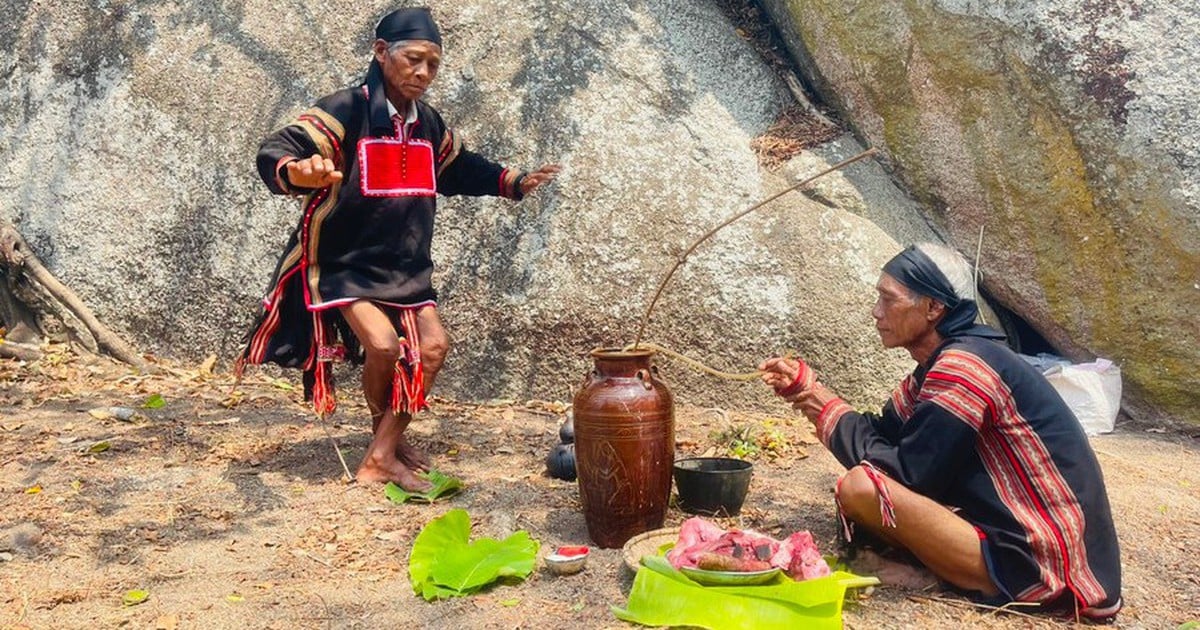



















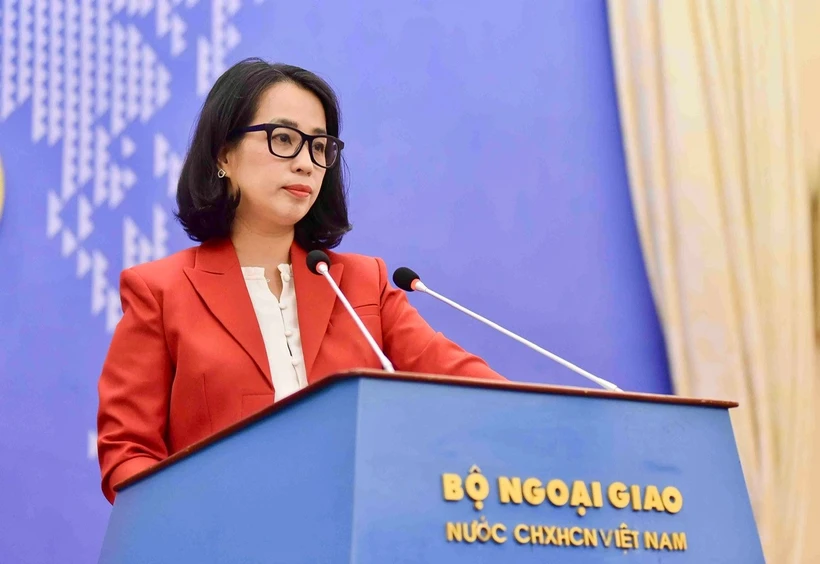

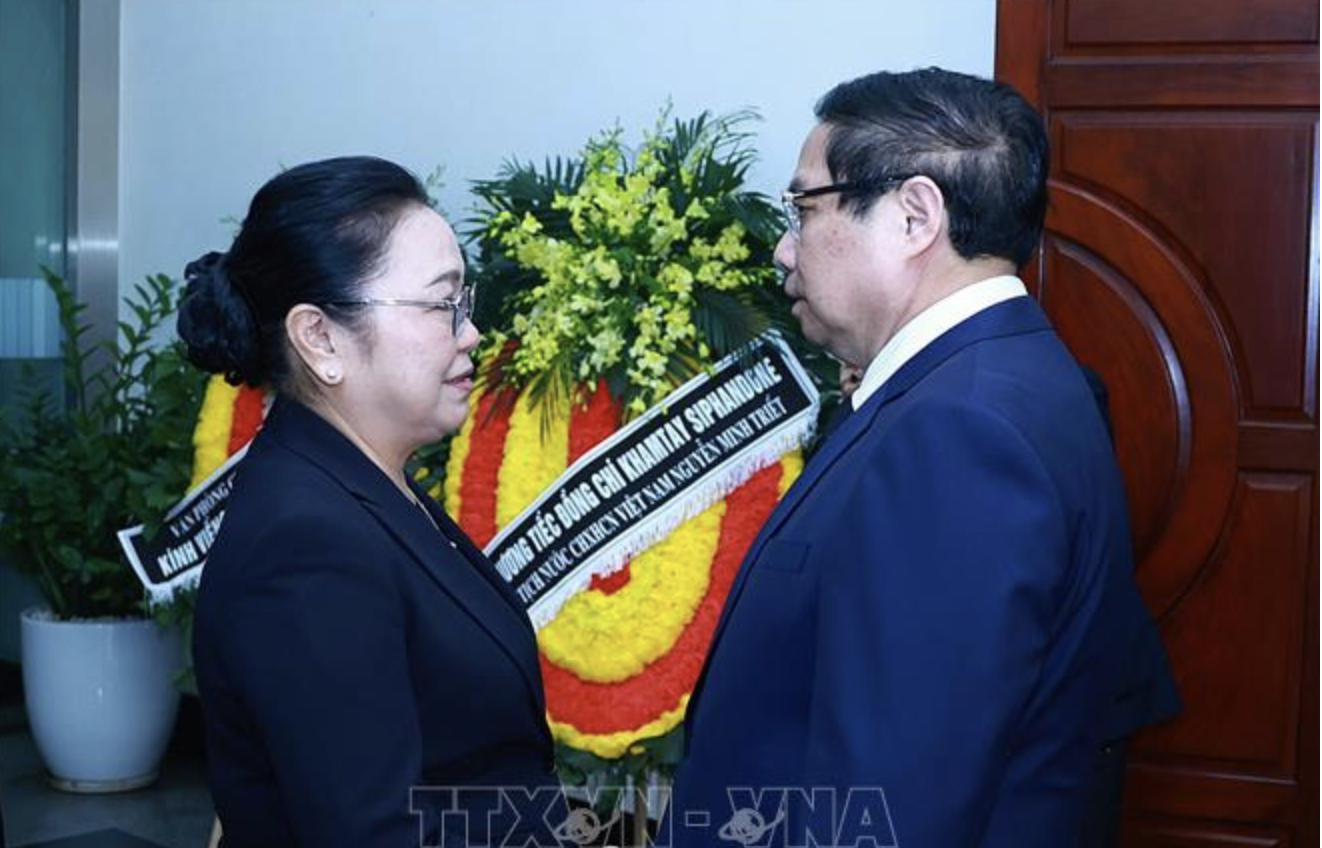





























Comment (0)